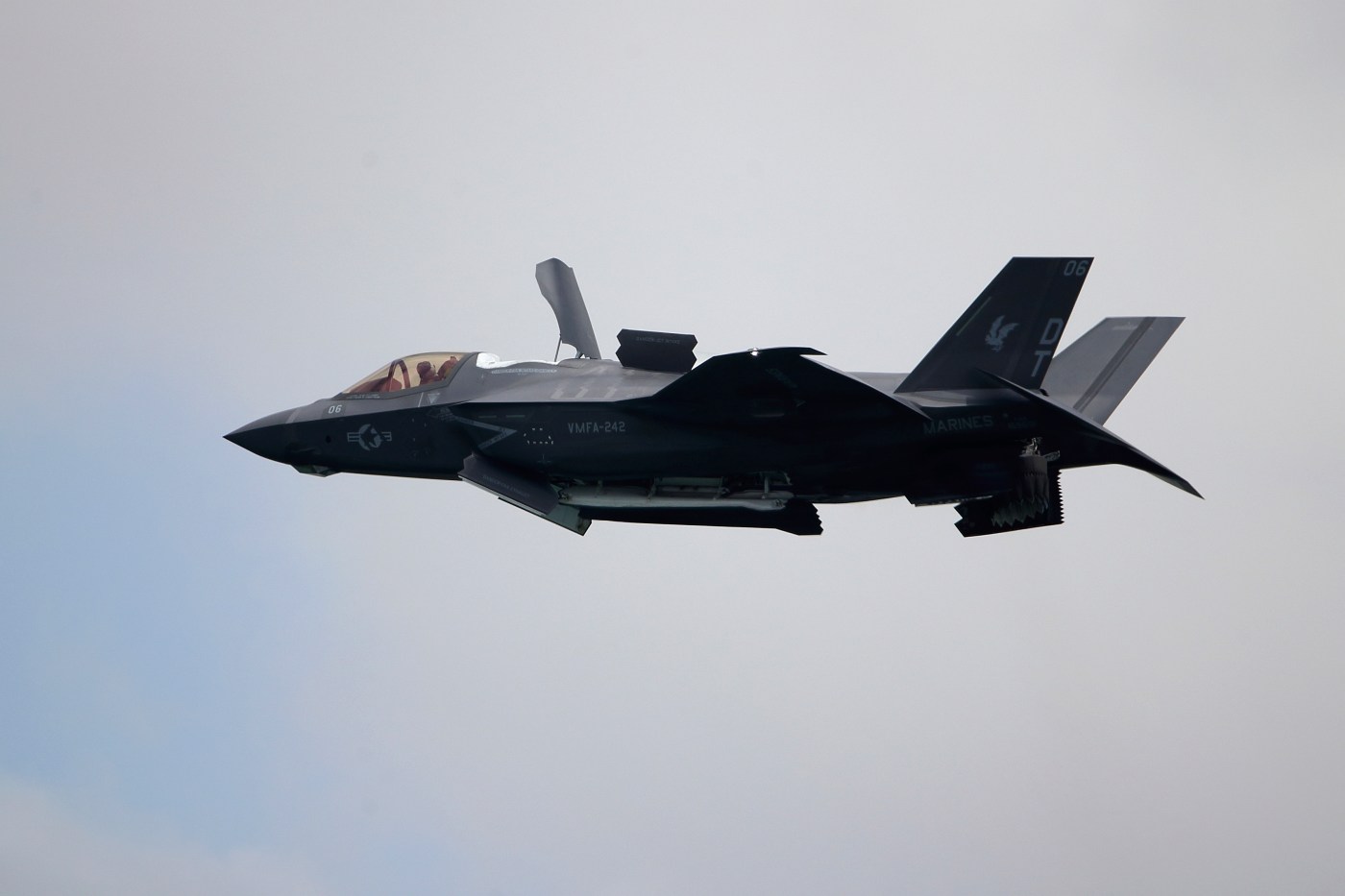
Savickas: D.C. pols pick contractors over taxpayers
At a congressional hearing last month, Air Force Secretary Frank Kendall shockingly claimed that fewer than one-third of F-35s are operationally capable.
The F-35 has been a taxpayer-funded boondoggle for decades. The price tag is approaching $2 trillion. It is long past the point where taxpayers stop being responsible for the mistakes of government and big military contractors.
For most of the last two years, military contractors have been clamoring for a new engine program for the F-35. This came amid several problems with the current engines. The proposal rightly stalled out because of the many issues with the idea. The new adaptive engine transition program (AETP) would have taken years to integrate, and, even then, it would not have been fully functional with the Navy and Air Force’s variant of the fighter jet.
Despite the AETP’s failure, the saga reveals a disturbing trend that has plagued the F-35 since its inception. When problems arise, military contractors come crawling to the government (taxpayers) with their palms out, asking for more taxpayer money. Instead of rightly demanding that these contractors fix the issues and deliver the products for which they have been paid $1.8 trillion already, they continuously take these requests seriously. Sadly, it is American taxpayers left on the hook.
If the overall cost of the program is not shocking enough, the cost of maintaining these jets will be 44% higher than 2018 projections. New estimates show the cost of maintaining the fleet will come out to $1.5 trillion. Of course, this was not what contractors quoted to the government — and will most assuredly bring the total price tag of the program’s lifetime to more than $2 trillion overall. Once more, it will not be those who miscalculated or mismanaged who pay the price. It will be the taxpayers.
When the Pentagon’s director of operational test and evaluation released its annual report in February, it found that the F-35 fleet can perform its full range of combat roles only 30% of the time. Seven times out of 10, the F-35 cannot do what it is supposed to. This is unacceptable, yet the government continues to accept it.
Because of these reliability issues, the Department of Defense plans to fly the aircraft less than initially intended.
The F-35 is one of the best encapsulations of government inefficiency and cronyism. Underestimating costs and making avoidable errors should come at the expense of those who made those errors. Not only are they not put on the hook, they are rewarded. The government is habitually handing out additional contracts to “support” the F-35 program.
Ultimately, taxpayers lose while big military contractors win. The bitter injustice should be evident to all Americans. Because of profligate spending like this, the cost of goods and living continues to rise. Americans know they would no longer have those jobs if they were as woefully inadequate at their jobs as the contractors responsible for the F-35.
Policymakers need to pick a side. Right now, their choice is obvious.
Dan Savickas is the director of policy for the Taxpayers Protection Alliance/InsideSources

